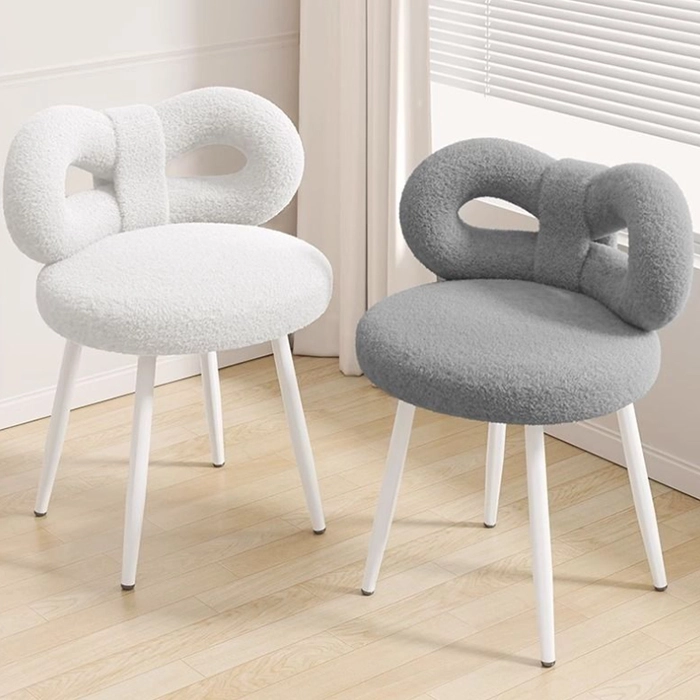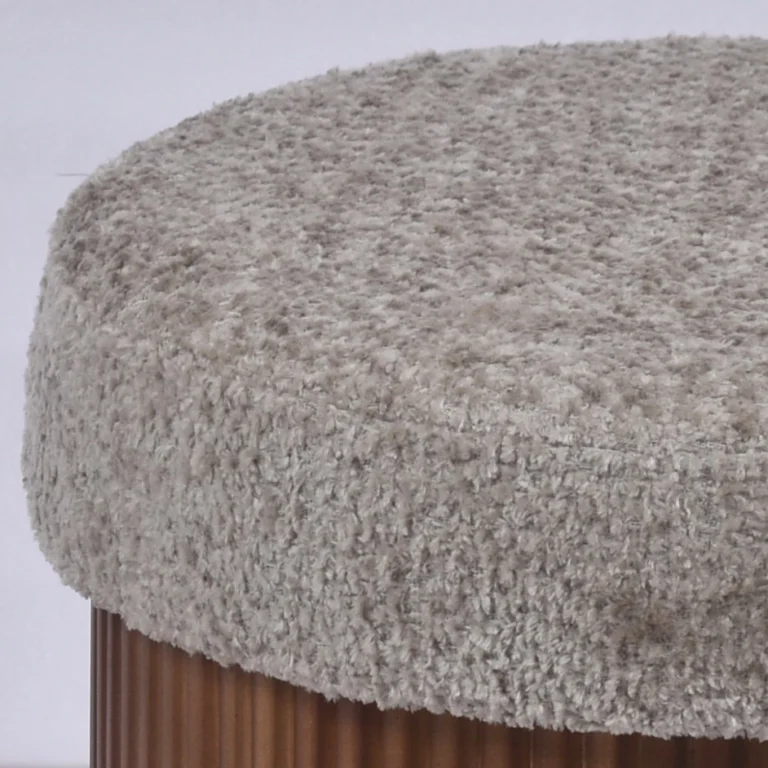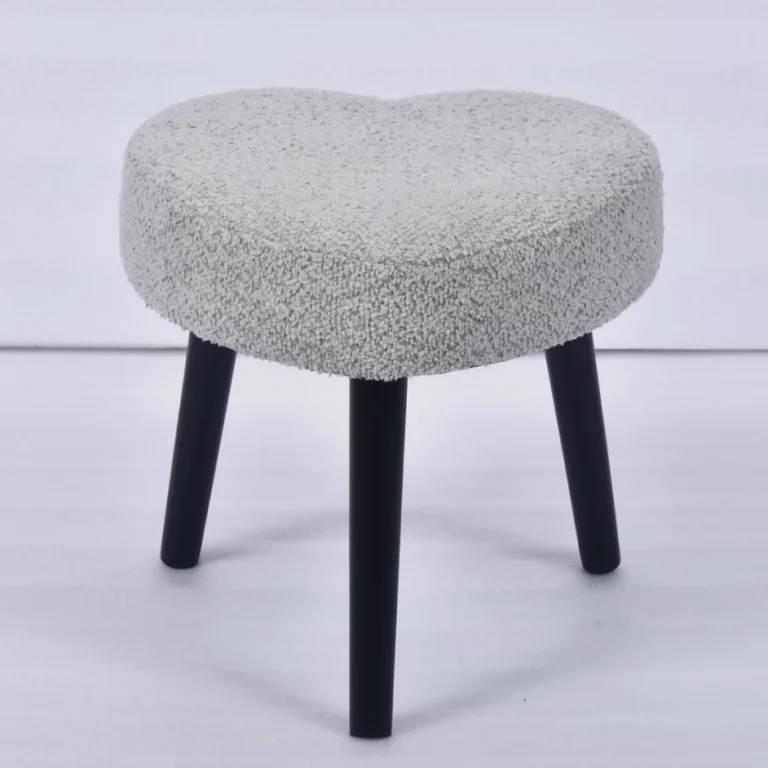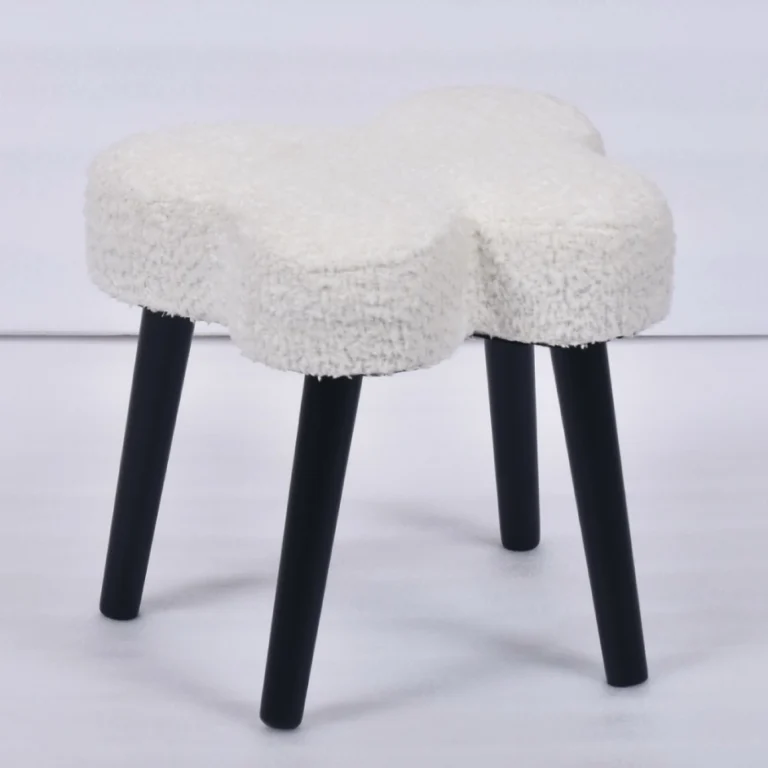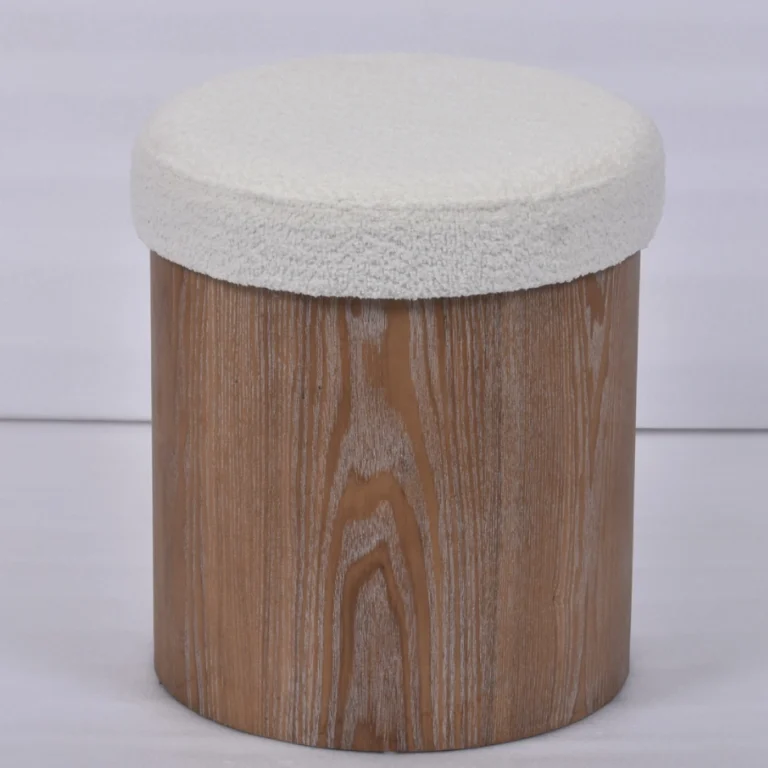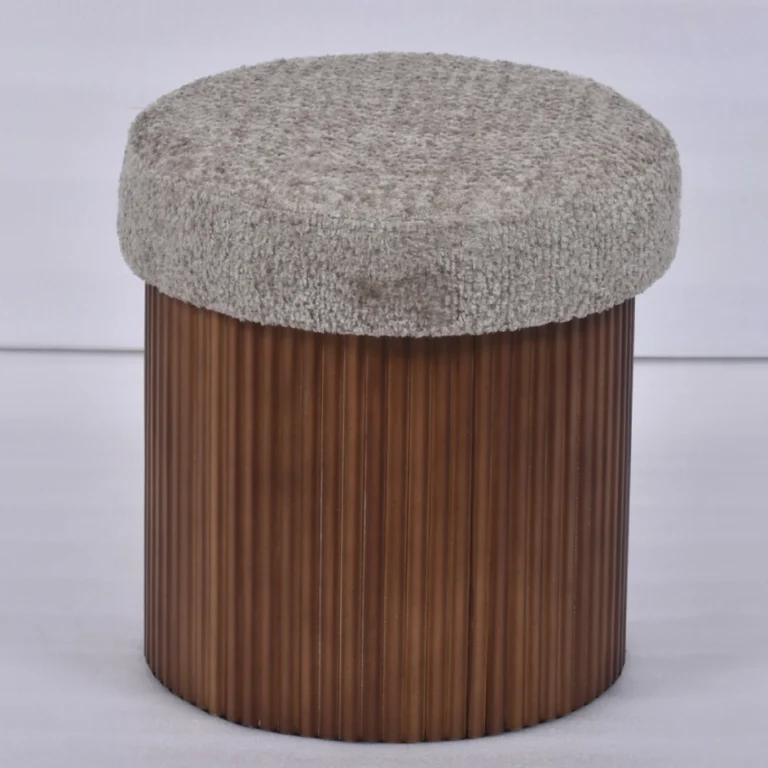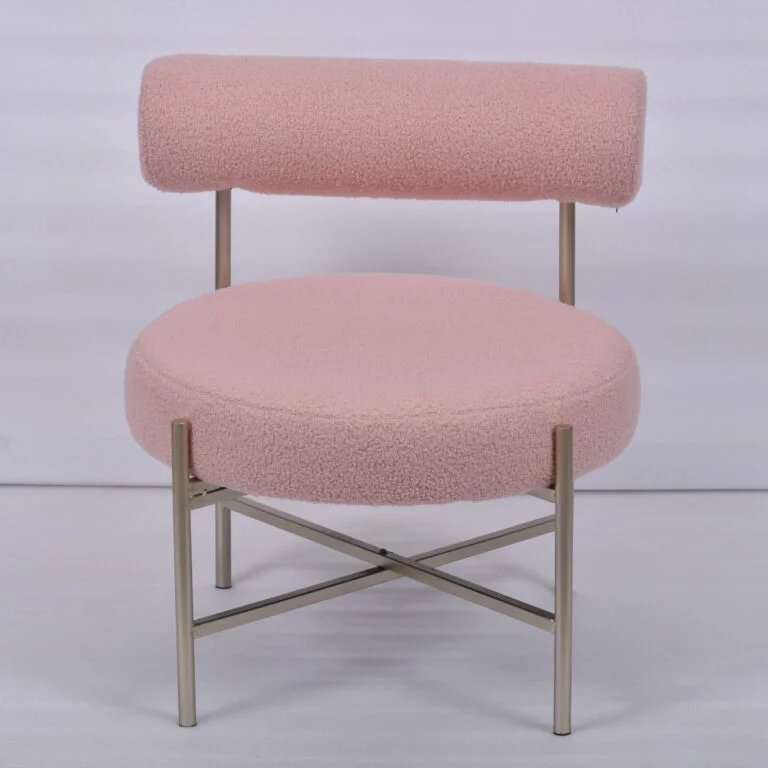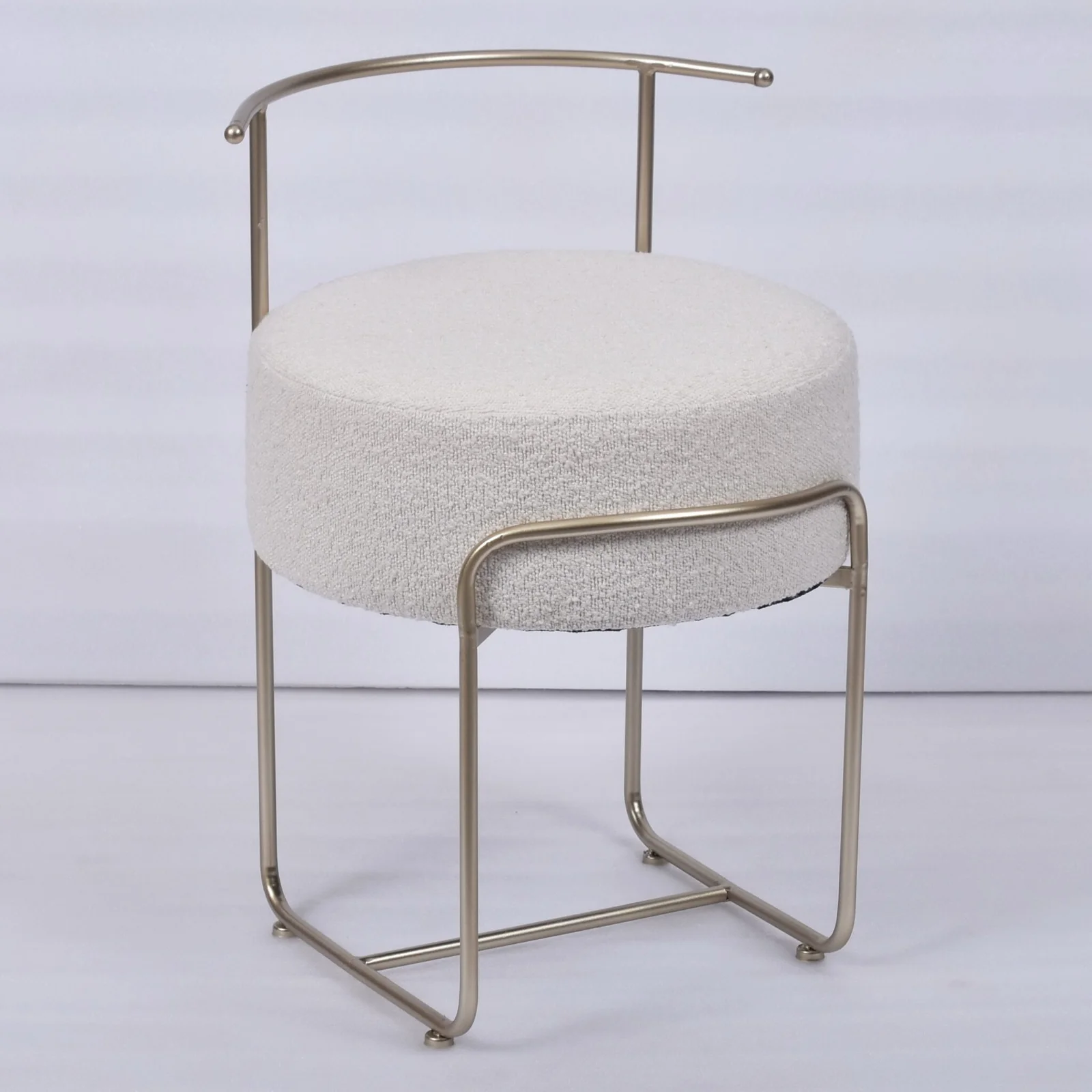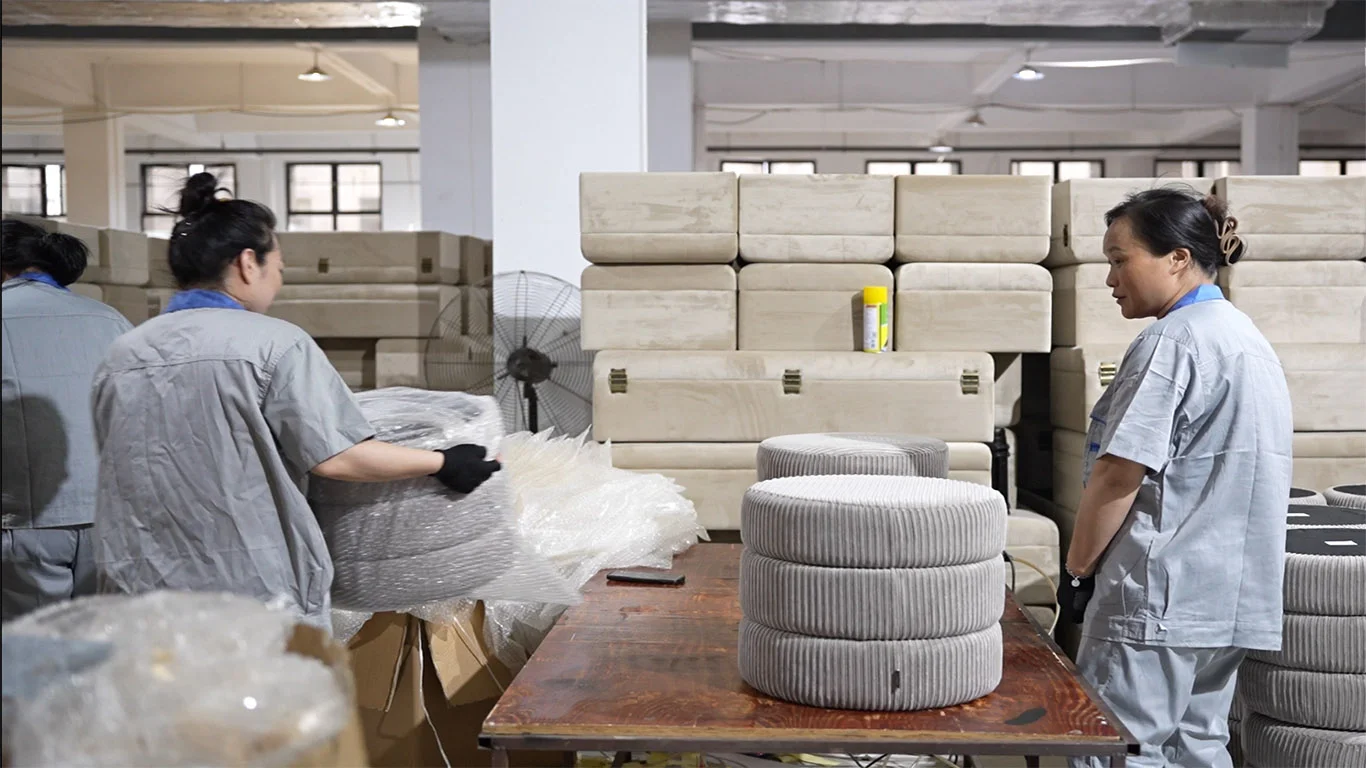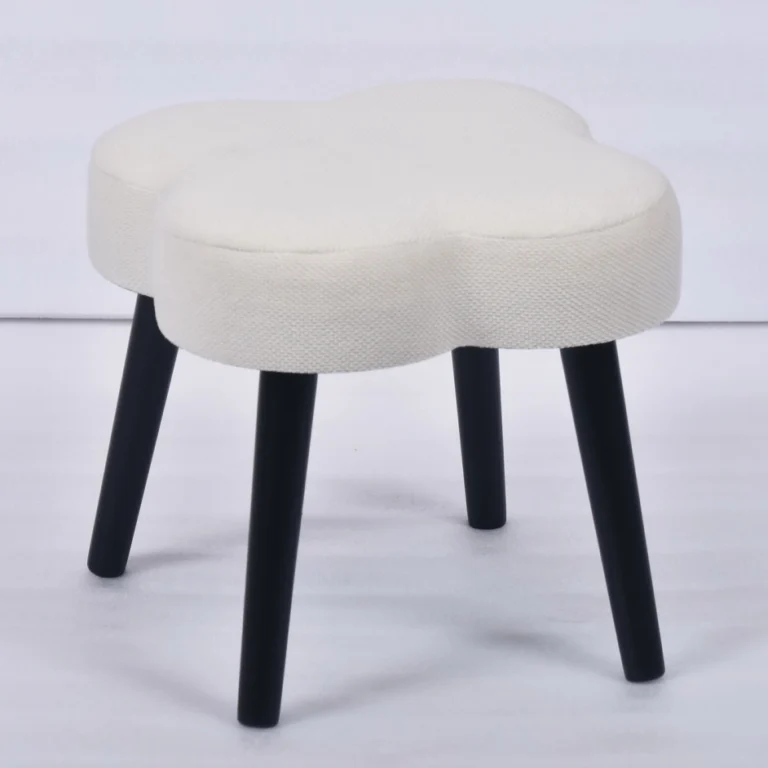Pouf Ottoman
Turkish Furniture Brand Reshapes Global Supply Chains
In the wave of globalization in the home furnishing market, customized soft furnishing solutions are becoming a bridge connecting Eastern and Western lifestyles. The Turkish brand Teruier Furniture is quietly reshaping the flexible supply chain landscape of the international market with its decades-deep expertise in Pouf Ottoman production. In its workshop on the outskirts of Istanbul, dozens of artisans meticulously cut leather with millimeter precision—natural materials sourced from the Anatolian Plateau. Through double-needle lock stitching and hand-quilting techniques, these materials are transformed into seating pieces that blend Ottoman tradition with contemporary minimalist DNA.
Flexible Manufacturing System Drives Global Customization
Teruier’s competitive edge stems from its modular production framework. Customers can select a skeletal structure from over a hundred base designs tailored to their spatial needs, paired with interchangeable outer shells in leather, velvet, or handwoven fabrics. Particularly noteworthy is its proprietary “3D Quilting Pressure Process,” which uses pneumatic devices to stabilize layers of down filling and high-resilience foam, creating a supportive yet plush seating experience while significantly extending product lifespan. Originally developed for high-performance automotive seats1, this technology has been innovatively adapted for home furnishings. The gold-embroidered collection custom-made for a Dubai royal hotel exemplifies this craftsmanship.
Cultural Fusion as Design Philosophy
Brand Design Director Ahmet Yusuf explains the creative vision: “We don’t merely replicate traditional patterns but integrate geometric principles into the deconstruction of cultural symbols.” The centerpiece of the showroom—the limited-edition “Crescent & Stars” design—transforms Byzantine mosaic motifs into rotating double-sided 3D quilting patterns. The blend of shearling and metallic-thread fabrics creates dynamic visual rhythms under changing light. This design approach echoes the spatial aesthetics of Italy’s top furniture brands while infusing distinct Ottoman cultural DNA.
Sustainable Supply Chain as Competitive Advantage
For the high-end customization market, Teruier has implemented a material traceability system. Each leather piece is tagged with its ranch coordinates and tanning batch, allowing clients to verify ecological footprints via blockchain. Its patented vegetable tanning technology reduces wastewater COD levels to one-third of EU standards. Such end-to-end sustainable practices have successfully penetrated the Nordic luxury market, with Copenhagen’s Design Museum incorporating its circular production model into contemporary case studies.
As reported during Milan Design Week, Teruier Furniture has entered a strategic partnership with a European luxury brand to integrate smart temperature-control modules into next-gen adjustable Ottomans. This manufacturing revolution spanning Eurasia is redefining the value proposition of upholstered furniture—where traditional craftsmanship meets digital innovation, seating transcends mere functionality to become artistic installations embodying cultural dialogue.
